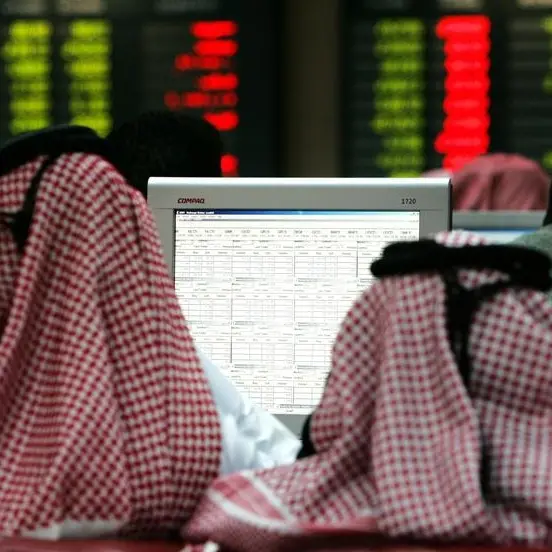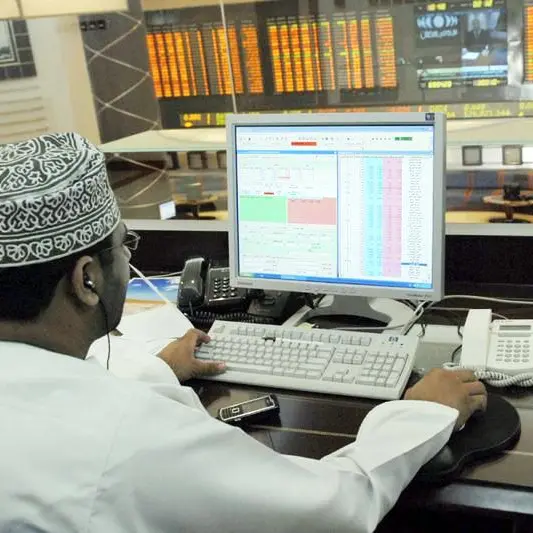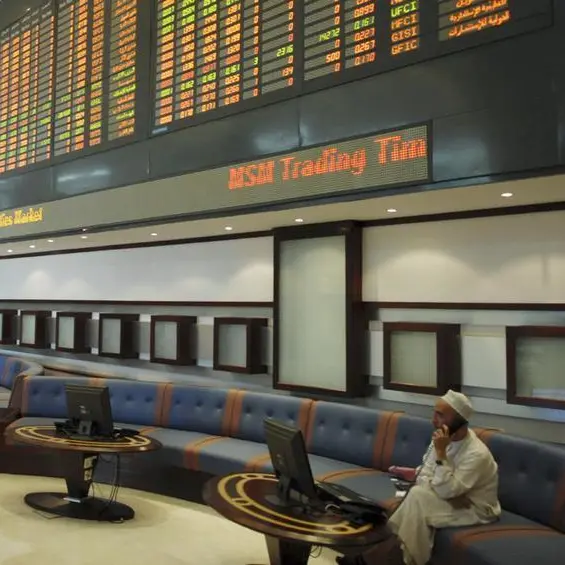PHOTO
DUBAI - Kuwait and Oman will run down their wealth funds to finance fiscal deficits this year, sources and analysts said, as their access to international debt markets is impaired by lack of a legal framework in Kuwait and higher borrowing costs for Oman.
The two states sit at opposite ends of the wealth spectrum in the Gulf. Major oil exporter Kuwait was among the least hit when oil prices sank in 2014-2015. Oman, a small producer, saw its finances crippled.
Oman is expected to issue up to $2 billion in bonds soon, a test of its access to external funding after Moody's downgraded it to junk earlier this year, the latest global rating agency to do so.
Muscat's first international issuance of 2019 would cover only part of Oman's budget deficit this year, forecast to be 2.8 billion rials ($7.27 billion).
Oman said in January it planned to cover 86% of the deficit through debt. But three sources familiar with the matter said a good part of the deficit will be covered by the State General Reserve Fund (SGRF) – the sultanate's largest state investor.
How much will be drawn depends on oil prices, demand for the bond sale, and availability of liquid assets within the fund, one of the sources said.
Alexander Perjessy, a senior analyst at Moody's Sovereign Risk Group, said that according to the 2019 budget plan, Oman intends to draw 400 million rials from SRGF to finance the deficit.
SGRF could not be reached for comment and Oman's finance ministry did not respond to a comment request.
FISCAL DETERIORATION
Oman has already used SGRF over the past few years to partly cover its deficit.
"The SGRF is meant to be a fiscal reserve fund for when oil prices are low ... Erosion of sovereign assets is part of (Oman’s) fiscal deterioration. SGRF assets declined to $20.7 billion at the end of 2018 from $25.1 billion at the end of 2014," Perjessy said.
Liquid assets account for around two-thirds of Oman's fund, one source estimated.
Kuwait is the gold-standard credit in the region, along with oil-rich Abu Dhabi. But it has not tapped global debt markets since its debut $8 billion debt sale in 2017 because parliament has yet to pass a law that would allow it to raise its debt ceiling and to issue debt with longer maturities.
Kuwait has projected a deficit of 7.7 billion dinars ($25.34 billion) for the fiscal year ending March 2020, which the government said would be fully covered by the General Reserve Fund (GRF), one of the wealth funds managed by Kuwait Investment Authority (KIA).
According to Moody's estimates, GRF's assets declined by 14.7 billion dinars from the 2015-2016 to 2018-2019 fiscal years.
"The pace of the decline in GRF assets was slowed somewhat in FY 2016-17 by heavy international and domestic issuance, but this largely ceased in FY2017/18 after the expiration of the public debt law," Moody's analyst Thaddeus Best told Reuters.
The agency said in a research note that most of the GRF's liquid assets "would be depleted under most plausible scenarios within the next four years" and that this could have implications for sovereign credit worthiness.
The KIA did not respond to a comment request. It manages about $592 billion in assets, according to the Sovereign Wealth Fund Institute, which ranks it the world's fourth-biggest sovereign fund.
($1 = 0.3850 Omani rials)
($1 = 0.3039 Kuwaiti dinars)
(Reporting by Davide Barbuscia, editing by Larry King) ((Davide.Barbuscia@thomsonreuters.com; +971522604297; Reuters Messaging: davide.barbuscia.reuters.com@reuters.net))






















